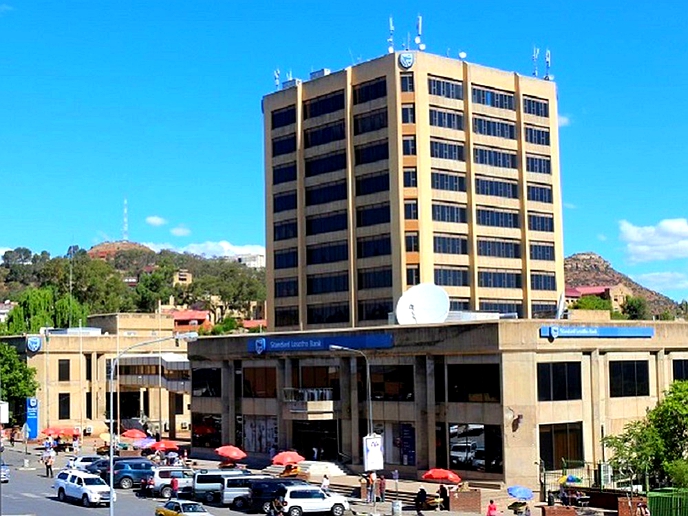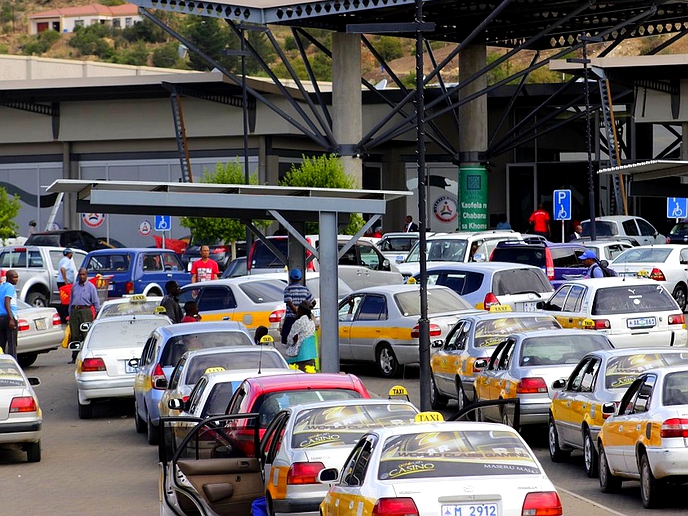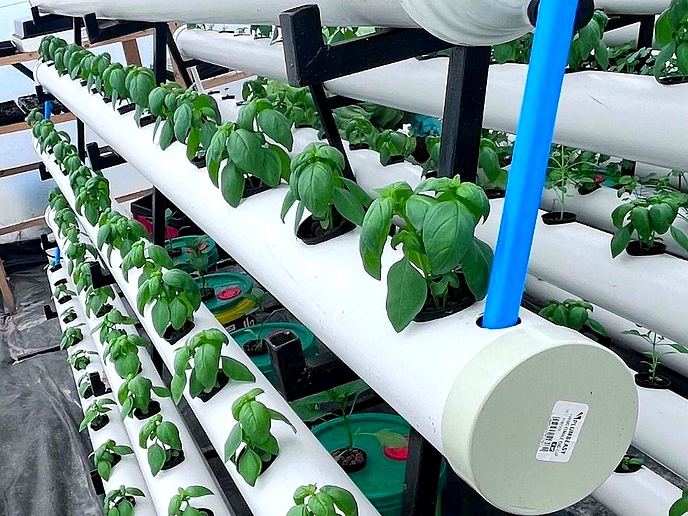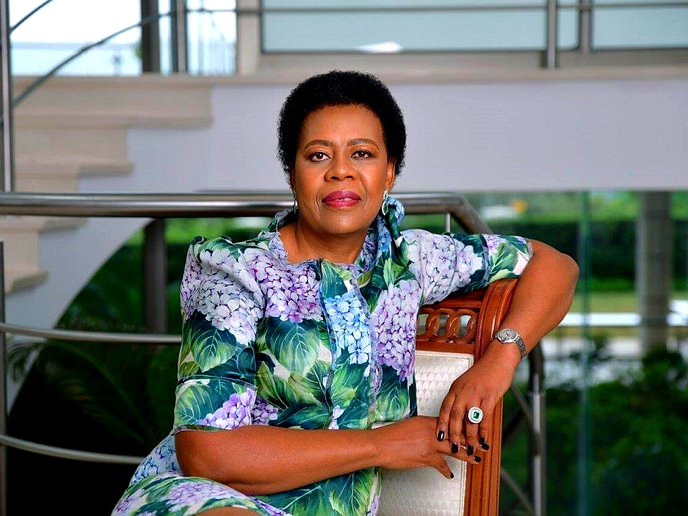LESOTHO's share of agriculture in Gross Domestic Product (GDP) in percentages from 2009 to 2013 seems be stagnant, the Southern African Research Documentation Centre (SARDC) has shown.
business
Feb. 12, 2021
STAFF REPORTER
3 min read
Lesotho share of agriculture GDP stagnant – SARDC
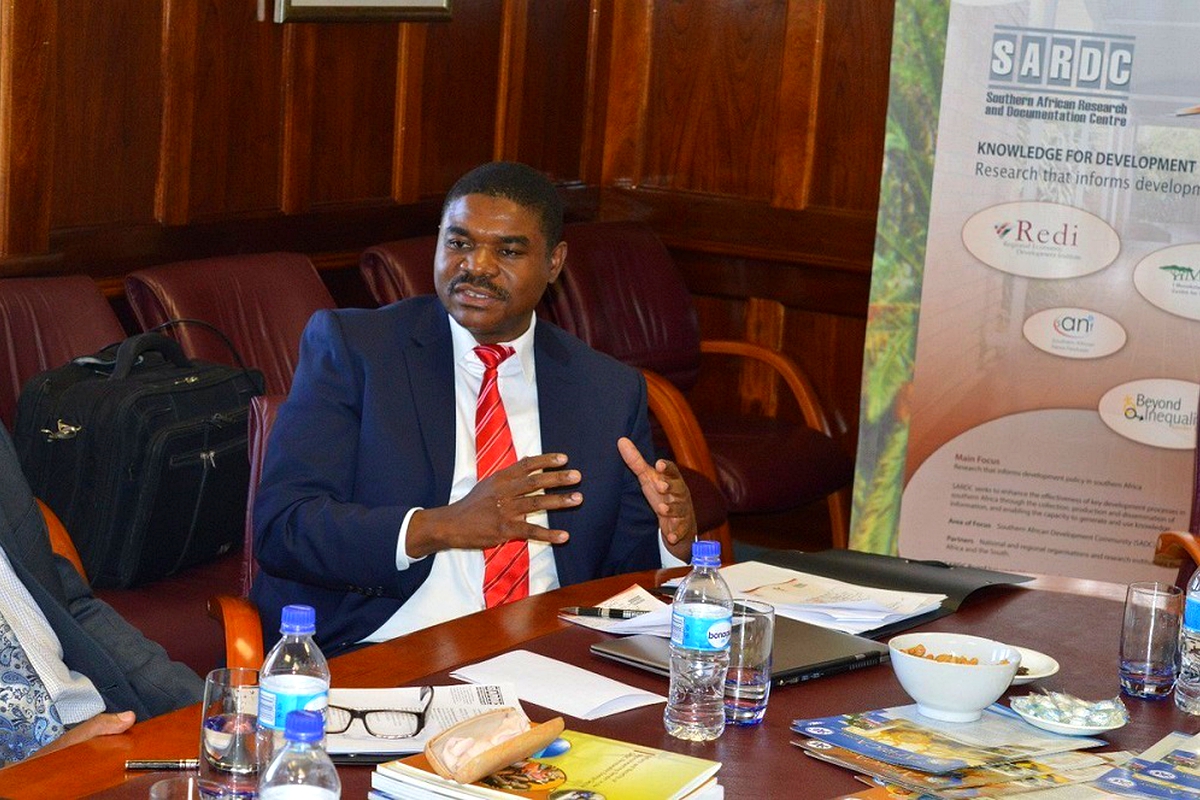
SARDC Executive Director Munetsi Madakufamba
Through a virtual presentation, head of the Regional Integration and Documentation Centre Joseph Ngwawi made the observation during a media seminar that was aimed at introducing the outfit to the regional integration key instruments this week.
He said the Southern African Development Community (SADC) region acknowledges the crucial role played by agriculture in regional development, adding that statistics show that the agricultural sector contributes significantly to the economies of various Member States.
Mr Ngwawi said statistics also show that agriculture is important as a source of raw materials for many economies adding it is therefore a critical enabler for the region’s industrialisation drive.
He said since 2009, Lesotho GDP share has been 7, in 2010 was 7,6, 2011 was 7,5, 2012 was 6,5 and 2013 was 7,5 percent.
He said the numbers for 2014 and 2015 were not applicable, adding however that other member states like South Africa had a percentage of 2,5 to 2,4 in 2015.
The chart he was presenting showed that the Democratic Republic of Congo (DRC) had the highest number which started at 43,7 in 2009 to 40 in 2015.
The ideal GDP growth rate, he said is between two and three percent.
In the region, Mr Ngwawi said it is only South Africa, Tanzania, Botswana and Mozambique that have invested in mechanisation.
On the topic of industrialisation, he said interventions under this pillar include creation of regional value chains and participation in related global processes.
He added that six priority value chain clusters have been identified, focusing on Agro-processing, Mineral Beneficiation, Pharmaceuticals, Capital goods, Consumer goods and Services.
In terms of value chains potential, he said in manufacturing of consumer goods cluster, leather and footwear are given to Lesotho, Zambia and South Africa.
For clothing and textiles there are Lesotho, Namibia, Mauritius, Madagascar, Eswatini, South Africa and Zimbabwe.
Enjoy our daily newsletter from today
Access exclusive newsletters, along with previews of new media releases.
Lesotho has also been given an opportunity to explore Capital Goods Equipment and Machinery sector and those include the likes of automobiles.
Industrialisation Road Map strategic pillar which have been anchored on three interdependent strategic pillars include industrialisation as champion of economic transformation, competitiveness where countries are expected to work towards creating conditions that improve the region's competitiveness.
“Key SADC Strategic plan are SADC Vision 2050 and Regional Indicative Strategic Development Plan (RISDP) 2020-2030, SADC Industrialisation Strategy and Roadmap 2015-2063 and Regional Agricultural Plan,” Mr Ngwawi said.
Vision 2050 was approved by the SADC Summit held virtually in August 2020 and it sets out the long-term aspirations of SADC over the next 30 years.
Mr Ngwawi further noted that under the Vision, the region has set for itself five aspirations and those are creation of a conducive environment to foster regional cooperation and integration and uphold fair and free movement of goods, people or labour, capital and services.
Accelerated mobilisation of resources from within the region and external sources to fast-track the implementation of SADC policies and programmes, also fall under those five aspirations.
Tailored for you



